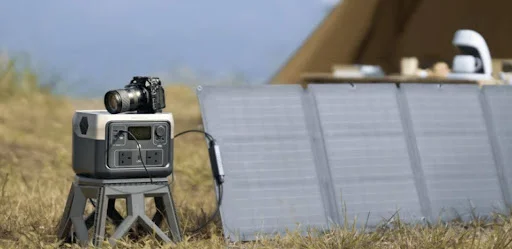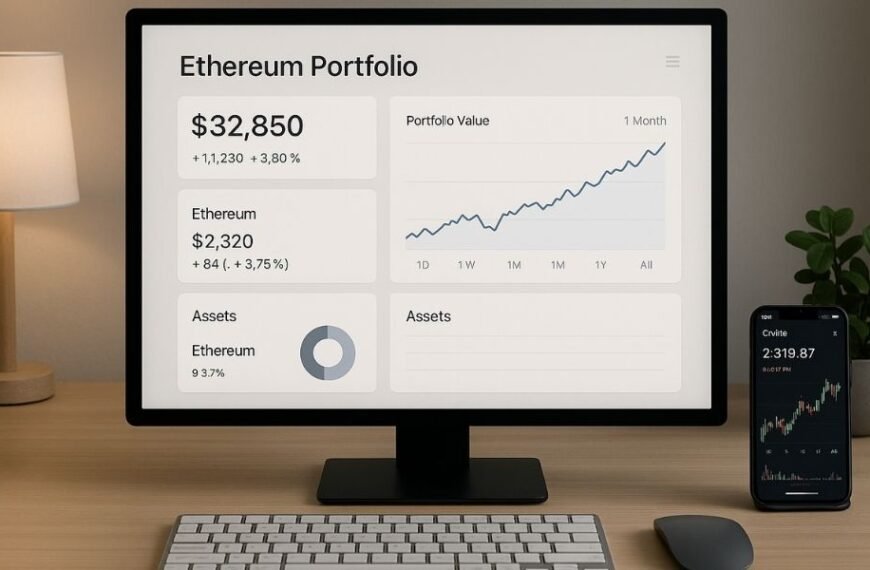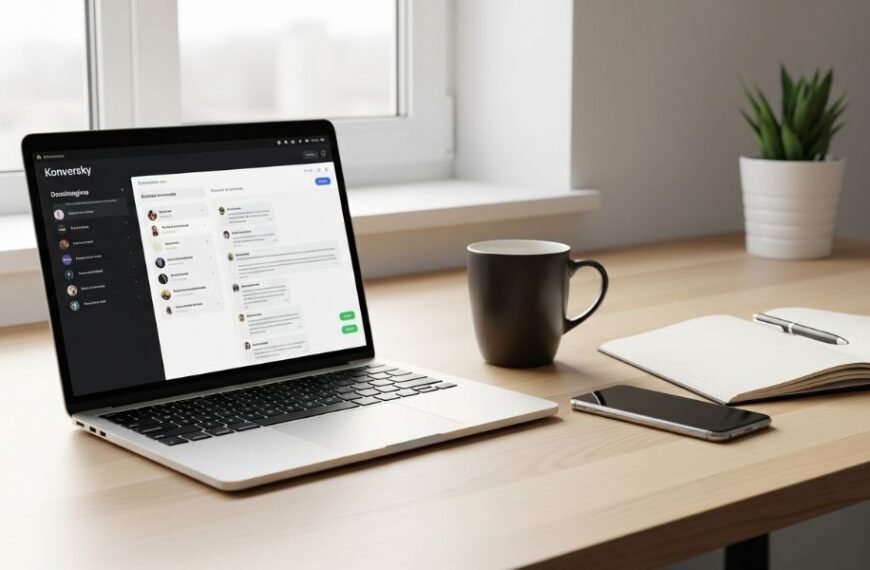Power stations have become essential for camping trips, home emergencies, and even daily use when the grid fails. Yet, like any electronic device, they can suddenly stop working, leaving you frustrated. The good news is that most issues have simple fixes you can handle without professional help. Common problems include failure to turn on, charging difficulties, overheating, or unexplained error codes. Often, the solution is as easy as checking a cable or resetting the system. In this article, we’ll walk you through some frequent power station issues and how to resolve them efficiently.
1. Power Station Won’t Turn On
A dead power station can ruin your plans, especially during an outage. Before panicking, check the most obvious culprits. First, ensure the battery isn’t completely drained—some models won’t turn on if the charge is too low. Plug it into a reliable power source and wait a few minutes before trying again. If it still doesn’t respond, inspect the power button. Some devices require a long press (3-5 seconds) to activate. Next, examine the cables and ports for damage—frayed wires or bent connectors can prevent power flow. If you’ve recently dropped the unit, internal damage might be the cause, and professional repair may be necessary.
2. Not Charging Properly
Slow or failed charging is a common headache. Start by verifying your power source—faulty wall outlets or weak solar panels can hinder performance. Try a different cable or adapter, as these often wear out before the station itself. Some power stations have multiple charging modes (AC, solar, car charger). Ensure you’re using the correct one for your setup. If charging via solar, check that panels are clean and positioned for maximum sunlight. Extreme temperatures (below freezing or above 104°F) can also affect charging—move the unit to a moderate environment if needed.
3. Overheating Issues
Overheating usually happens during high-demand usage or prolonged charging. Most power stations have built-in cooling fans, but dust buildup can block airflow. Gently clean vents with compressed air or a soft brush. Avoid placing the unit in direct sunlight or enclosed spaces. If it overheats while powering multiple devices, reduce the load—disconnect non-essential appliances. Persistent overheating may signal a battery issue, requiring manufacturer support.
4. Sudden Power Cuts
Intermittent power loss usually indicates one of three issues: overload protection kicking in, a loose connection, or battery problems. First, check if you’ve exceeded the power station’s wattage capacity by adding up all connected devices’ requirements. High-surge appliances like refrigerators or air compressors might briefly exceed limits during startup. Try powering devices individually to identify any problematic appliances. Examine all cable connections for secure fit – loose plugs can cause intermittent contact. If the station shuts down at a certain battery percentage (like 30%), this suggests cell imbalance needing recalibration through a full discharge/charge cycle.
5. Error Codes & Warning Lights
Modern power stations communicate problems through error codes or warning lights, though meanings vary by model. Common codes include battery faults (BMS errors), overheating warnings, or charging irregularities. Always consult your user manual first for specific code interpretations. For persistent battery-related errors, try a full reset by draining the battery completely (if safe to do so) followed by a full recharge. Input/output errors often relate to unstable power sources or incompatible devices – try different outlets or appliances to isolate the issue. Some error codes clear automatically when the triggering condition resolves (like temperature returning to normal), while others require manual reset. Document any recurring codes with the circumstances when they appear to help technical support diagnose patterns.
6. Solar Charging Problems
Solar charging depends on weather, panel angle, and cleanliness. Ensure panels are debris-free and facing the sun directly. Cloudy days drastically reduce efficiency, so consider hybrid charging (solar + AC). Check compatibility—some stations need specific voltage inputs. Loose connections between panels and the station also disrupt charging. Test with another solar source if possible.
7. Strange Noises or Smells
Unusual sounds (grinding, buzzing) or burning smells demand immediate attention. Turn off the unit and unplug everything. Noise often points to fan malfunctions, while odors suggest electrical shorts. Do not attempt DIY repairs on internal components—this risks injury or voiding warranties. Seek professional assistance.
8. Connectivity Issues
App control problems often stem from connection protocols rather than hardware faults. First, ensure your phone’s Bluetooth/Wi-Fi is enabled and you’re within range (typically 30 feet for Bluetooth). Restart both the power station and your mobile device to clear any software glitches. Delete and reinstall the manufacturer’s app to ensure you have the latest version. Check if firmware updates are available for the station itself, as connectivity improvements are common in updates. For Wi-Fi models, verify your network’s 2.4GHz band is active (many smart devices don’t support 5GHz).
9. When All Else Fails
If troubleshooting doesn’t work, consult the manufacturer’s warranty. Many offer replacements for defects. Before sending it in, document the issue (photos, videos) to speed up the process. For urgent needs, consider borrowing or renting a backup unit. Regular maintenance prevents many problems—keep batteries charged, store properly, and avoid extreme conditions.
Conclusion
Power stations are reliable but require care. Store them at 50-80% charge if unused for long periods. Clean ports and vents regularly, and avoid exposing them to moisture or extreme heat. For a dependable option, the EcoFlow power station balances performance and durability, making it a great choice for everyday use. By following these tips, you’ll extend your unit’s lifespan and avoid most common issues.









